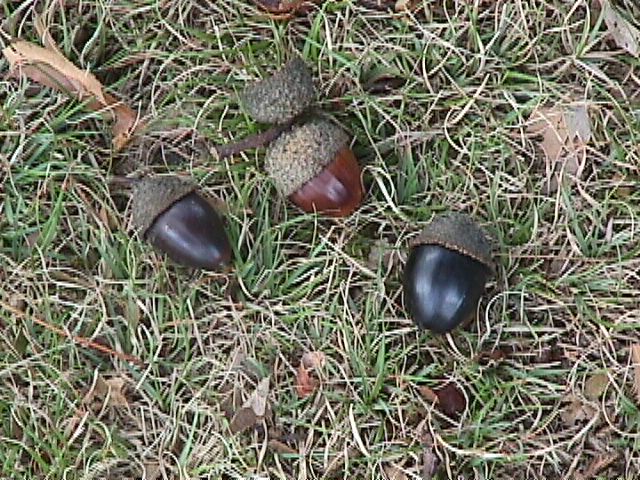The three-toed sloth has an extremely slow metabolic rate. With such a slow metabolism, the sloth is not known for its speed which tops out at a mind blowing 0.2 MPH. While I would probably beat my three-toed friend in a foot race, our metabolisms would be in a dead heat.
I am one of those people that must count every calorie or be doomed to wear them on my backside. No amount of activity alters this. I can’t be trusted to feed myself without the aid of an accountant. It’s a sad state of affairs really. And what’s sadder is that I love cake. I mean, I really love cake.
What does my personal struggle with baked confections have to do with deer? It’s all about your caloric budget. Mine seems to be always in the black which is good for a checkbook but bad for a backside. What about deer? Are they in the red or in the black?
As always, you are what you eat. If you’re a deer, there are no nutritional labels and your choices are limited to what’s on the landscape. Availability is not universal.
So what does a deer need to keep the motor running?
Basal Metabolic Rate (BMR) is the rate at which heat is given off by an organism at complete rest. It is the measurement of an organism’s energy expenditure when at rest. Even when we aren’t “doing” anything, our body is still very busy breathing, maintaining body temperature, pumping blood, etc.
BMR for deer can vary depending on sex, age, and season. One study found the BMR of white-tailed deer during the winter to be 81-90 kcal/kg0.75/day. Another estimated energy expenditure of a non-reproductive female as 123 kcal/kg0.75/day during the winter and 262 kcal/kg0.75/day during the summer. Summer BMR is always higher than winter BMR. There may be several reasons for this. Some research has suggested that that some cervids appear to reduce their metabolic rate during the winter as an energy conservation strategy (Arnold et al 2004). Differences in food intake between the seasons may influence energy use by digestive organs as well.
BMR is just the energy needed for “being.” We all know that there is a lot of “doing” that needs to occur in order for a deer to survive.
- Walking 2.06 X BMR
- Walking uphill 3.77 X BMR
- Running 3.08-4.75 X BMR
- Foraging 1.88 X BMR
- Gestation-early 1.15 X BMR
- Gestation-late 1.79 X BMR
- Lactation-peak twins 4.73 X BMR
- Body growth-fawn autumn 4.40 X BMR
- Antler growth 1.49 X BMR
- Hair growth 1.36 X BMR
The energy required on a normal day of being a deer starts to add up fast. For example, let’s look at the seasonal energy requirements of an adult doe in a ridge and valley forest type.
Spring flush (4/1-4/30) =
>21,000 kcal/day = BMR+voluntary activity+growth+ gestation
>43,000 kcal/day = BMR + voluntary activity + growth + lactation
~19,000 kcal/day = BMR + voluntary activity + growth
~20,000 kcal/day = BMR + voluntary activity + growth
It’s a dream of mine to be able to eat 2,500 kcal/day. I’m not sure I could physically consume 20,000 kcal/day. I do really like cake so I suppose I could give it a go if needed.
Deer don’t have any cake available to them. So they must make do with what’s available on the landscape and like cake not all are created equal in caloric content.
Digestible energy (DE) is the actual energy extracted from food. Only a percentage of the actual kcal in forage is available to the body. A few examples are below:
Acorns =
5.13 kcal/g dry matter gross energy (GE); 2.87 kcal/g dry matter DE (15 lbs = 20,000 kcal)
Red oak leaves =
5.06 kcal/g dry matter GE; 1.74 kcal/g dry matter DE (25 lbs = 20,000 kcal)
Red maple leaves =
4.39 kcal/g dry matter GE; 2.80 kcal/g dry matter DE (15.7 lbs = 20,000 kcal)
Black birch leaves =
5.36 kcal/g dry matter GE; 3.38 kcal/g dry matter DE (13 lbs = 20,000 kcal)
Wintergreen =
4.79 kcal/g dry matter GE; 2.04 kcal/g dry matter DE (21.6 lbs = 20,000 kcal)
It’s easy to see how too many deer all trying to make a living can overwhelm a forest. And it makes you appreciate the amount of food our forests are producing in order to support deer and a host of other species. I’m just glad I don’t have to wait in that line for my measly 1,500 kcal/day.
-Jeannine Fleegle
PGC Deer and Elk Section
If you would like to receive email alerts of new blog posts, subscribe here.
And Follow us on Twitter @WTDresearch
